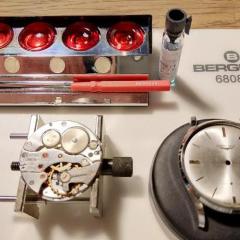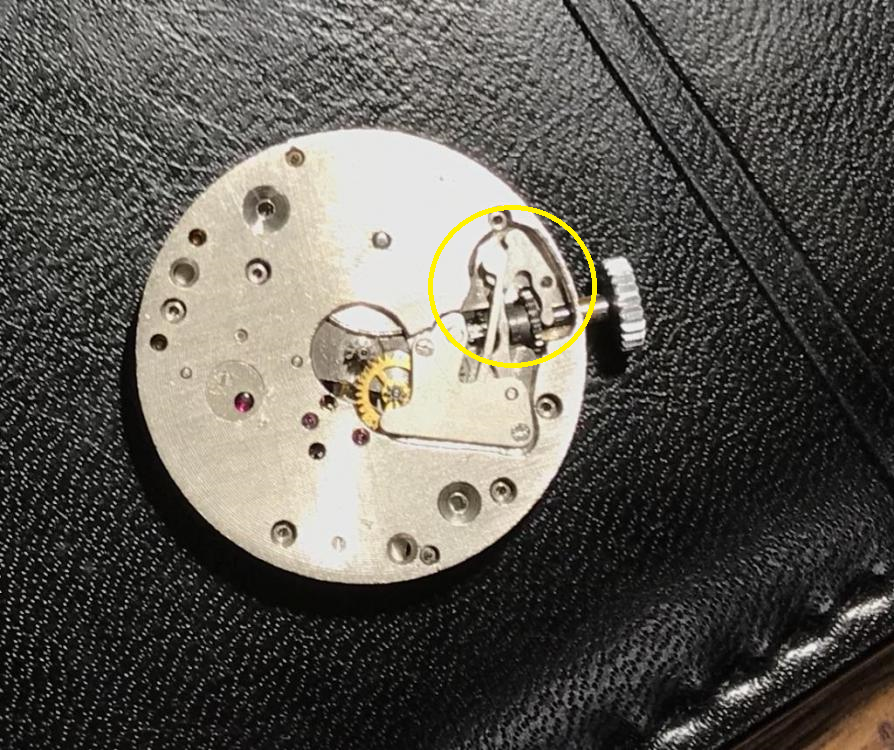Leaderboard
Popular Content
Showing content with the highest reputation on 03/15/20 in all areas
-
My offering for today, a Unitas 6310 powered E. Marten, just off the bench. Not a brand I have ever come across other than this one. Style wise I would have put it anywhere from the early '40's to the late '50's but size wise it's quite large for that period at 37mm excluding the crown. The lovely clean and simple lines of the UT6310.4 points
-
Today I'm wearing my new to me, 1976 Omega Constellation quartz, Ref.391.0011. I got a spectacular deal on it because they couldn't prove to me that it worked at the pawn shop that was selling it. This watch has the in-house quartz movement model 1330. What the pawn shop didn't know, but I did was the fact that when you set the time the traditional way with the crown, only the hour hand sets. There is a hidden button in the middle of the crown to set the minutes. Once I put a fresh battery in it, the minutes set perfectly and it has been running since. I love the sleek angular styling and the simple black dial. This originally came with a polished mesh band which I'm going to source one similar as this leather one has seen better days. Also did a little homework on this watch and the original MSRP was £295. Adjusted for inflation, that's £2357.05 or $2892.10 US, by no means a cheap watch. This is my second and definitely not my last Omega!2 points
-
2 points
-
I've been working my way through the stuff I picked up on ebay, while I was on holiday, which is why there has been a bit of a splurge of postings lately. One of those things was a blue dialled and "gold" cased manual wind Komandirskie . I paid slightly over my usual 404 price tag for this, but not much. The strange thing about Komandirskies and Amphibians is that they go for almost as much used, as you can pick up one new for, so finding one in the 404 range, even one that was in terrible condition was proving impossible, so I eventually compromised and pulled the trigger on this. It arrived in fairly terrible condition, but still a couple of quid over budget, but.. that blue dial.. I just couldn't resist. I treated it to a dark navy (almost black) strap, and a full service, and a prolonged clean and crystal polishing session (the crystal had more scratches than clear patches). It also wouldn't wind, and it came with the original (terrible) strap, which was sorta blue, and sorta leather, maybe... but was so completely disgusting that it had to go. OK, it is utilitarian and slightly heavy for my normal tastes, but it is also highly entertaining, and those numbers speak for themselves. I could stare at that blue dial all day. It looks good on camera, but even more eye catching in real life. I'm well pleased with how it turned out. Thanks Mark for the inspiration.2 points
-
Hi Without opening the watch and making an educated diagnosis its all guess work, there so many causes that could stop a watch, the main protaganists have all been mentioned. So untill the watch is open and the movement laid bare. Then the work will begin. First check the freedom of the balance in as much it swings bothways If it swings one way then stops It probably as jdm said overbanked. The prospect of a broken impulse jewel or pallet/fork jewel is also possible. It is also possible it could be a jammed train (dirt in the watch) we await your report. cheers2 points
-
2 points
-
1 point
-
That book does have some good information, and I wouldn't say it's not worth the money. But it's really conceived as a textbook for classroom use, to be a guideline. I find how it's written and presented to be more along the lines of textbooks I saw when I was like 12 years old, apart from some of the trickier math calculations; seriously. I don't own it, but there has almost always been a copy in the workshop that belongs to someone or the other. I would suggest trying to get a hold of a copy as a loaner, from someone, maybe you'll need to offer a deposit (loaning books is always a tricky affair). Have a look through, and see if it's worth it to you. As an overview, and a way to see down which paths you want to find out more information on. Just grabbed a shot of one of the pages on hairspring work, it's murky enough I think you can see what's going on without infringing any copyright.1 point
-
Just got notice on my original thread got busy! Great folks here have already mentioned what you need to do, however I'm just going to re-mention my original post. I used very little, I mean a micro-dot. on the head of a pin to lube my bearing with the 10W synthetic oil. As mentioned regular silicone grease is way too thick. I used my loupe and it appeared that I only just wet the race and balls. Good to tighten the center screw firmly, but don't over do it. Once it's snug/tight more tightening does nothing for or to the bearing itself. You cant 'fix' a loose bearing with the screw. MAKE SURE you index the weight with the proper alignment method show in the manuals while you are re-assembling. If you don't it will NOT wind properly and you will have very poor mainspring/running performance. Even with a small amount of oil and proper weight alignment during re-assembly my watch functions properly now. To my rotor fix is still working... sure beats the high cost of a replacement! Good luck to you. ---1 point
-
1 point
-
Pallet fork was not fitted correctly. That is a very crucial step which must always be followed by verification. Inspect it very carefully, if lucky it will be undamaged.1 point
-
I'll put money on it being an AS movement. Although Rotary patronised a number of different makers, AS was one that they use a lot. Further more, AS main plates that were common to two different calibers (i.e. calendar and non-calendar variants of basically the same base movement) often had both relevant calibers stamped on them. Thus AS 1704/05 would be a main plate that was used for the 1704 (no date) and the 1705 (with date). 2476_AS 1704.pdf 2477_AS 1705.pdf Parts sheets attached. Unfortunately these are little more than parts lists and are unlikely to help too much with regards to diagnosing poor performance. However, there is nothing out of the ordinary about these movements so the generic approach to trouble shooting should be all that is needed to sort things out. When you did this did you do any other servicing? From the way you describe your progress I'm guessing that you probably haven't stripped the movement, cleaned and re-lubed throughout i.e. fully serviced it (no offence meant). Unfortunately it is extremely difficult to diagnose the cause of poor amplitude without going through the entire train from main spring (is it clean, is it worn out, is it binding in the barrel, is the barrel free on the arbor, is the arbor free in it's pivots on the main plate and bridge, is the pivot hole in either the bridge or the main plate badly worn causing the barrel to tilt and rub either the bridge or the main plate), and that's just the main spring. The same parameters need to be checked for each wheel in turn before you get to the escapement. Are all of the pivots clean and straight, are any of them badly worn. Are the pivot holes clean and undamaged. All of these thing can sap power from the train before it can get to the escapement resulting in low amplitude, to say nothing of the potential escapement issues that can also have the same effect. As a starting point I would remove the balance and the pallet fork (let down the M/S first) and with just a couple of clicks of power wound into the spring observe how the escape wheel behaves. It should start to spin with just the smallest amount of power on the main spring. It should gradually spin down to a halt, not stop abruptly, and with any luck it may even start to turn back the other way before it stops. If you puff air from a blower builb onto the escape wheel can you see the train turn all the way back to the M/S barrel? If it takes more than a couple of clicks to start spinning, or if it stops abruptly, then that suggests that there is an excessive loss of power through the train, and that would be the first thing to sort out before trying to make any adjustments to the escapement. Have fun :-)1 point
-
1 point
-
1 point
-
I'd say chances are pretty slim... It's great to be a hobbyist in this context as I can spend any time on any kind of "trivial problem" to learn more about it. I'll do the diamond paste polishing and see where it leads and thanks for the tip as I had no idea about what grit to start with. And yes, I'll make sure to clean thoroughly! I'll make sure to report any thing I learn back! Thanks a ton for your support!1 point
-
Those sweet spot diameters and tolerances have been determined by the movement designers. Hard to find out unless you get hold of the design blue-prints. Since you are in the experimental phase anyhow, you could try with very fine diamond paste #6000 or higher ( #10.000 grit). Problem with diamond paste is that you have to clean it very thoroughly as you don't want to leave fine diamond dust behind which will keep on grinding = wear & friction. It is hard to judge from a distance, not feeling how things feel, to say whether you are on the right path. Regardless, lessons can always be learned and experiences gained ........ that's were the do's and the don'ts come from1 point
-
I saw a couple of those too and was tempted, but they were well above my self imposed budget, so I kept looking. When that blue dialled number showed up, my steely resolve to stick to the budget caved in.1 point
-
1 point
-
Have you looked on ebay? That button looks very smooth, it might be hard to wind up. You might need a new one.1 point
-
1 point
-
Hi Andy, well done, a lot of watch for the price of a packet of fags! Far more entertaining and much better for you. I have no Russian watches but having hands like shovels maybe I should. Think I will put one on the shopping list along with a Strela !1 point
-
Hi Gary I have attched the tech sheets Part Numbers 470-1101, 470-1102 550-1103 relate to the parts you are having problems with1101 is the crown wheel 1102 crown wheel core 1103 is the crown wheel seat. first on is the core then crown wheel then seal with screw 550- 1100 is the ratchet wheel picture 4 looks correct but make sure the crown wheel is the correct way up. cheers 377_Omega 565 NewLR (1) (1).pdf1 point
-
Faulty escapement mech, possible broken fork or escape wheel pivots or fork arbour jewels misaligned pallet jewels, Thence, subsequent overbanking. Missing or broken impulse jewel.1 point
-
Hi The same method of soldering can be used on brass. If you get some brass foil and cut it clean one side and apply solder paste evenly do the same to the other bit and apply heat and pressure you will solder the pieces together. then cut the shape. Not impossible but a fair bit of work to do. cheers.1 point
-
I never had a tidy bench. I had bits and pieces all over the place. The more mess I had the happier I would be. People would often say to me how can you find anything in that mess.1 point
-
parts from China... say no more..! Anyway, apologies as I was under the impression you were refitting the original hands. Taking another look at the picture of the second you posted, it looks wrong. The size of the tube in relation to the size of the hand looks more like one meant for a quartz watch which has a much smaller pinion. Anilv1 point
-
Thank you VWatchie for the suggestion! I will certainly investigate Anilv's suggestion. The hand set I"m trying to install was purchased from ebay and shipped from China. I'll give it another try without applying too much force. If it doesn't work I"ll look into getting another set of hands. Thanks again to both of you for taking the time to reply! WatchManApprentice.1 point
-
1 point
-
I bet a shudder went down your spine when it came to settling the lube account!...... Best hide the receipt from the other half!1 point
-
Note: Indian tools usually are made to look like the real tools. Frank1 point
-
As with so many things, there's no good or wrong. This has been debated for decades and it won't be settled with 1 picture. The best thing is to have multiple sets of screwdrivers so you can use the best one for the job. The picture makes sense but only because the one on the left is a perfect fit. If the slot in the screw is only a fraction wider, it doesn't work. So, you'd need a different screwdriver.1 point
-
My method works with all types. No need to buy bloody paste. If you are going to use a dremel type tool, you could use emery cloth instead of emery sticks.1 point
-
1 point
-
The worst oiling sin I will confess to, was nicking some engine oil from the dipstick to lubricate an old alarm clock. It worked fine, but obviously I wouldn't recommend this as a normal course of action, and certainly not if you were doing this for a paying customer. As to what secret sauce is in genuine watch and clock oil, short of sending some to you local chemical wizard to be analyzed I'm not sure how you would ever know. What I do know is that in the not so distant past, they used sperm whale oil for this application, and since many ancient timepieces still survive, I don't think the exact oil is invariably critical. Modern synthetic watch and clock oils are much more rigidly refined and have specifically selected temperature, viscosity and aging profiles, but you will get away with motor oil at a pinch. Some lubricant, in the correct places, and in the correct amounts, and cleaned off and replaced at regular service intervals is almost invariably better than no lubricant at all.1 point
-
That would be no surprise? Seitz shall have a look? Exactly but this was obsolete at cousinsuk.https://www.cousinsuk.com/product/balance-staff-pivot-straightening-tool0 points





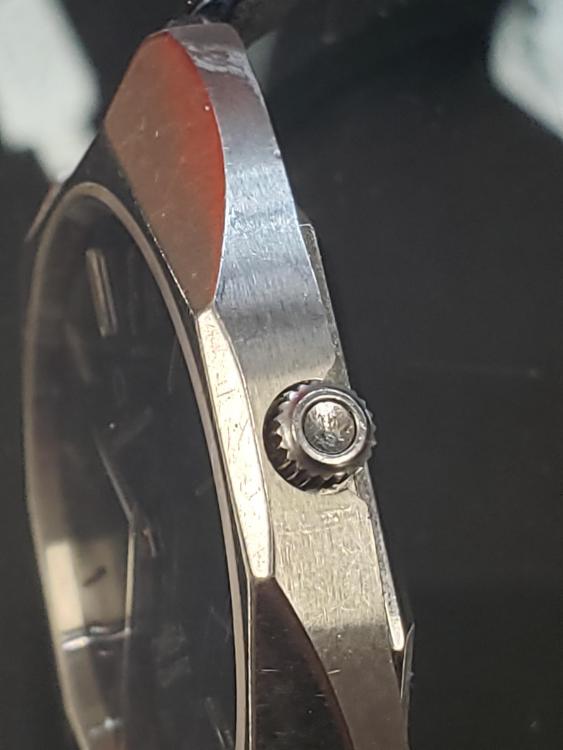
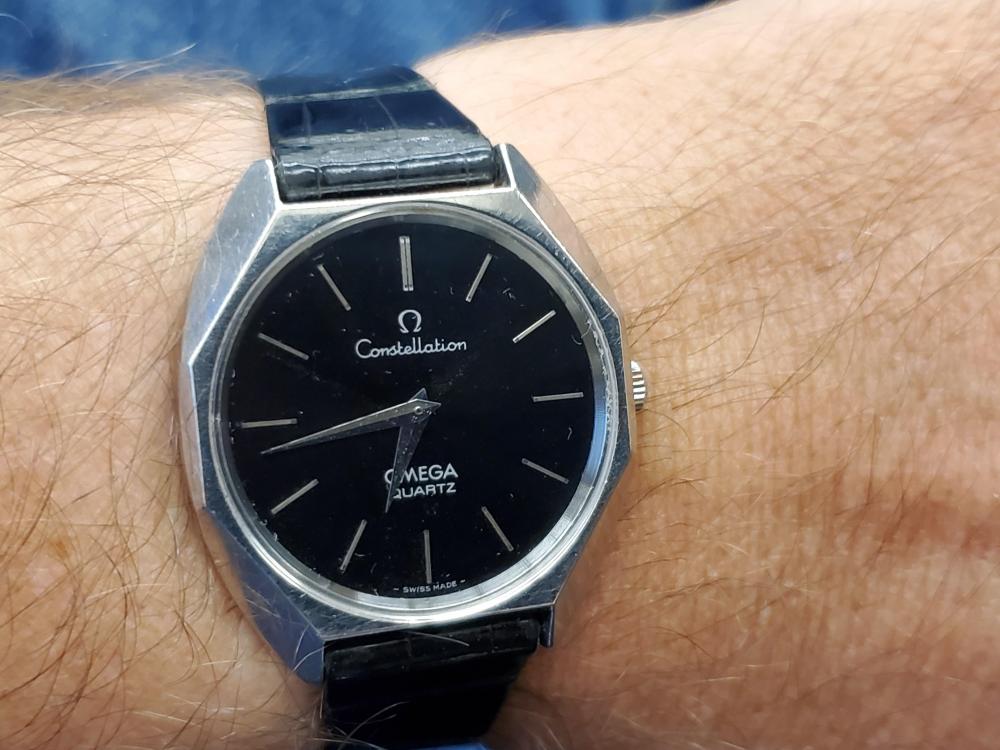
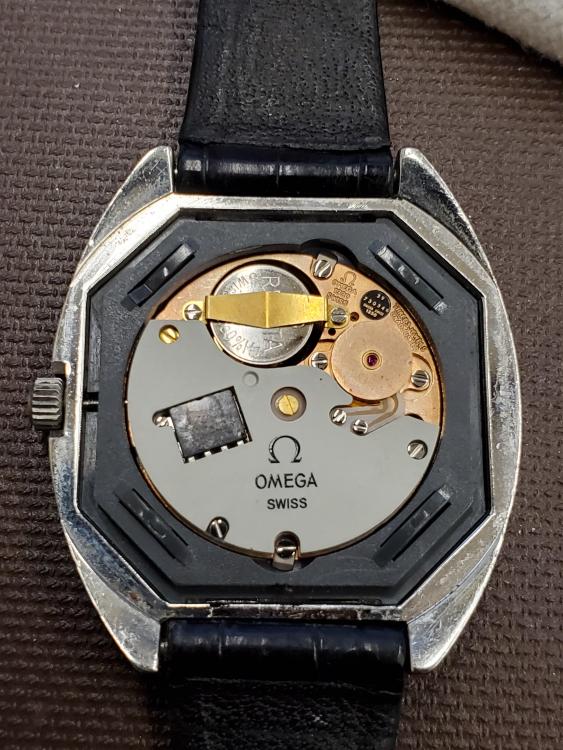
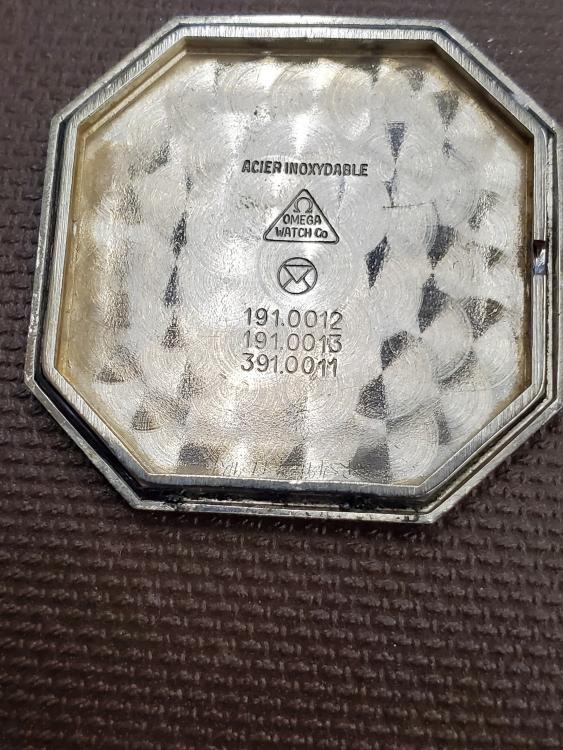

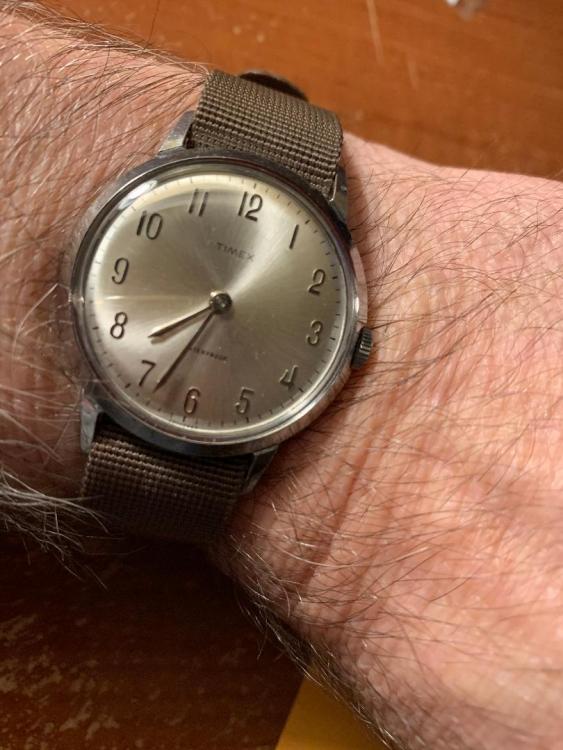
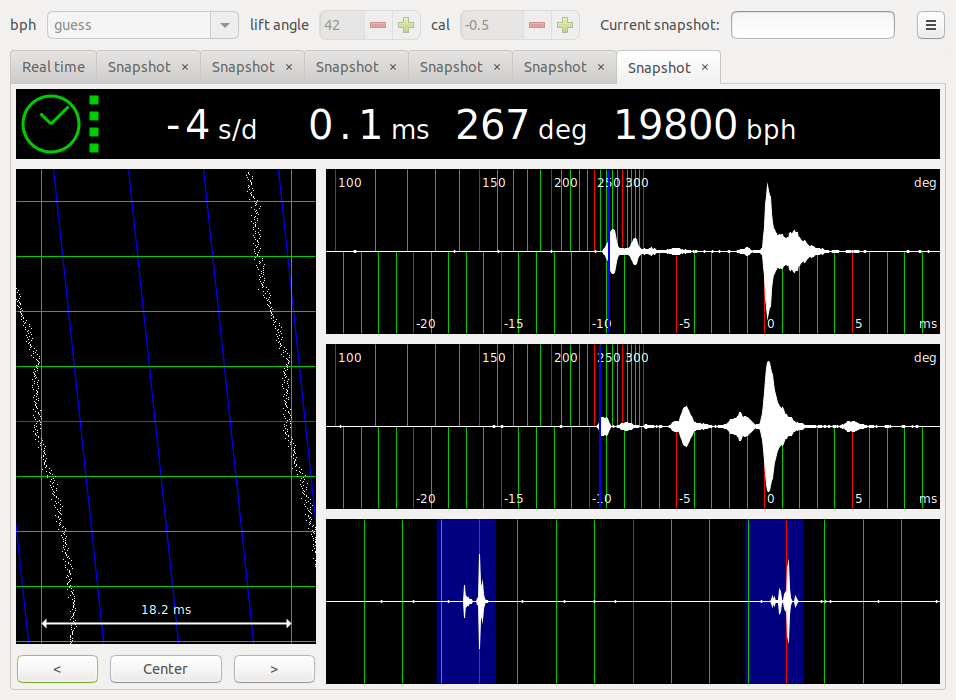
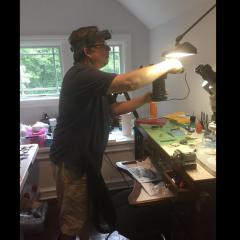
.thumb.jpg.36040431d2db8abdd382ecc7c48edeaf.jpg)

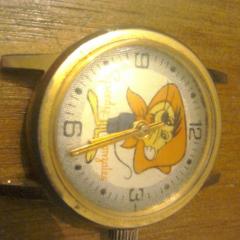
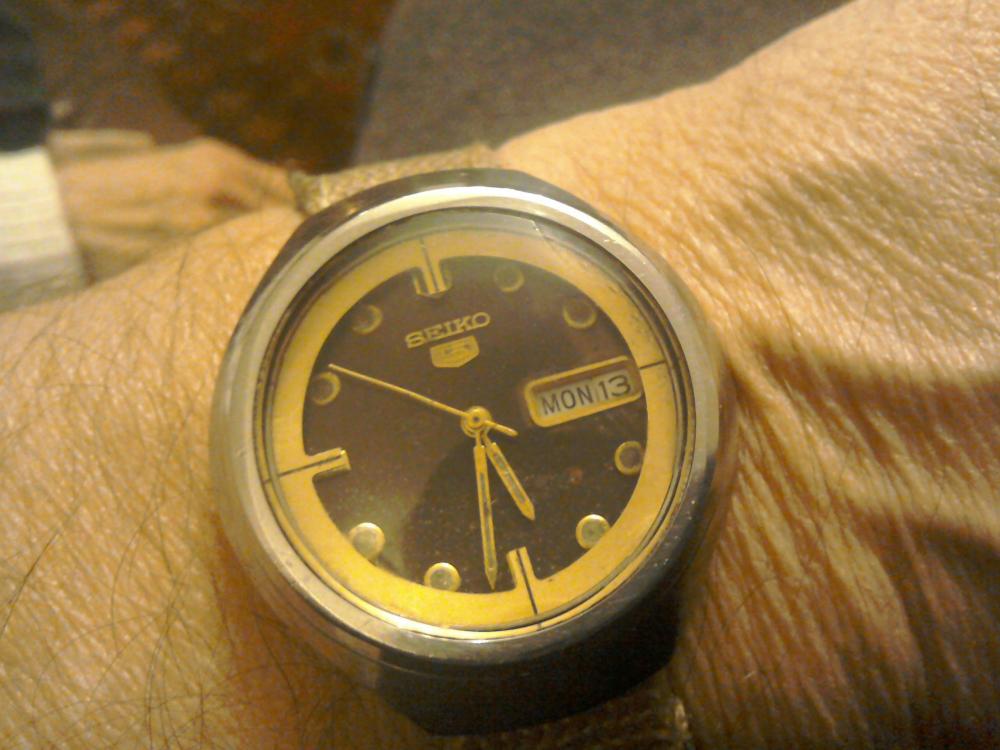



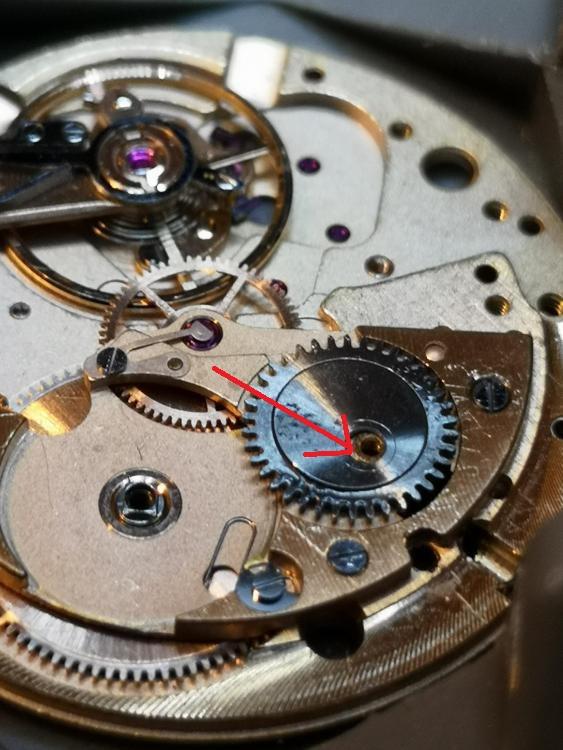
.thumb.jpg.038cd20b8df663a4639da909e9e77df8.jpg)




